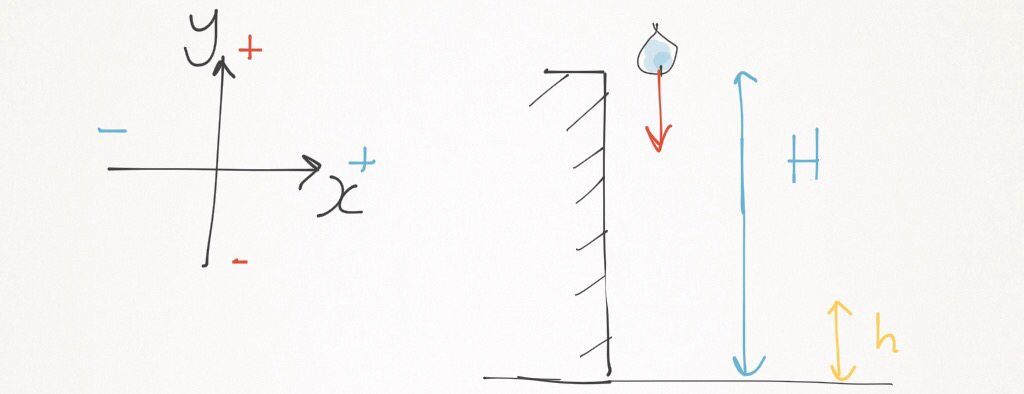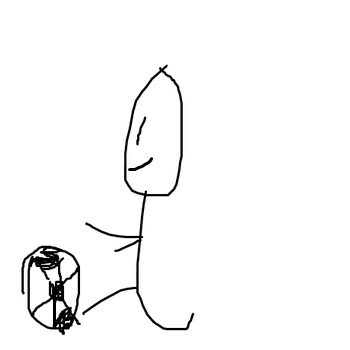A man stands on a crane and throws a water balloon down at at 21 m/s. He finds that it takes 2.4s for the balloon to hit the ground. What is its height one second before it hits the ground?
1 Answer
Explanation:
Consider the Cartesian frame reference. Meaning that the downward direction is taken to be negative and the upward direction is positive

From newton's equation of motion for displacement:
In the present situation,
Considering the fact that, height
Thus,
The negative signs means that they are directed downwards!
Substituting all the variables into
To find
This time,
The other data remain the unchanged.

